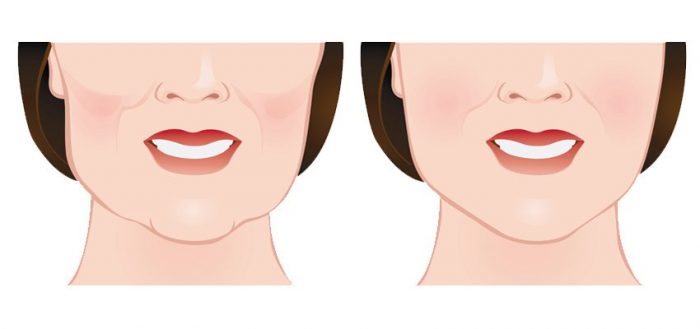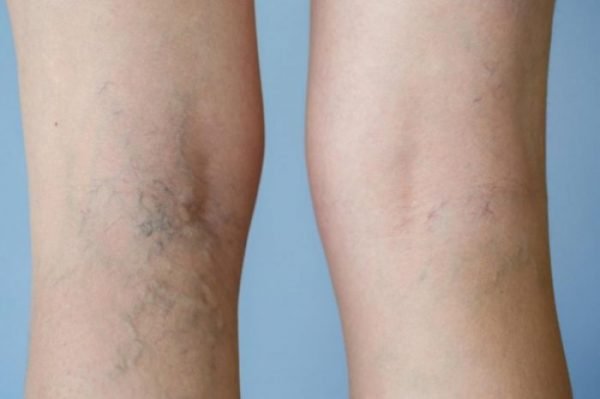ABOUT FACELIFT
A facelift, which is also referred to as a rhytidectomy, is a surgical procedure which repositions facial skin, fat, and muscles, reducing wrinkles and creates a younger looking appearance. A facelift is usually sought after by patients who are aged between 40 and 70, and are showing signs of aging.
Facelift surgery is often combined with an eyelid (blepharoplasty) surgery. The surgical technique which is used for a facelift varies with each patient, depending on the desired goals and outcomes. Modern techniques mean that this procedure can be performed with minimal scarring.
Recommended for
- Face wrinkles
- Facial sagging
- Jowls
- Loose skin
- Loss of elasticity
- Eye bags,
- Nasolabial folds
TIME REQUIREMENTS
- Number of days in hospital: 1 – 2 days.
- Average length of stay abroad: 1 – 2 weeks.
Patients may need a follow up appointment to check progress or get stitches removed.

COMPARE FACELIFT PRICES AROUND THE WORLD
| Country | Cost |
|---|---|
| Germany | 8500€ |
| Ireland | 6500€ |
| Costa Rica | 5383€ |
| Spain | 5000€ |
| Mexico | 2999€ |
| Thailand | 2968€ |
| Turkey | 2300€ |
| Poland | 2110€ |
| Hungary | 1670€ |
HOW TO FIND QUALITY TREATMENT ABROAD
BEFORE FACELIFT ABROAD
Patients will discuss the desired outcome and goal of the facelift with the surgeon prior to the surgery. Patients who smoke will be advised to refrain from smoking in the time leading up to the surgery and those taking blood thinning medication, such as aspirin, will be advised to avoid the medication pre and post surgery. The overall health of the patient will also be assessed, in order to ensure that they are fit for surgery.
Patients should arrange to have someone to take them back to the hotel and to stay with them after the surgery. Patients should wear loosely fitted clothing which do not need to be pulled over the head to take on or off.
HOW IS IT PERFORMED
The patient will be administered with an anesthetic. The surgeon will make an incision in the area of the temple hair, just above and in front of the ear. An incision is made under the earlobe and traces back to the back of the ear and blends into the hairline. The skin is lifted as the surgeon repositions and tightens the underlying muscle and connective tissue. Some fat may be removed, as well as excess skin. The site is then closed with sutures.
Anesthesia
Local or general anesthetic.
Procedure duration
The Facelift takes 2 to 5 hours.

WHAT TO EXPECT AFTER FACELIFT
Post procedure care
After a facelift, the face will be bandaged for a few days, and a fluid drainage tube may be attached. The face may feel numb, and it is recommended to avoid swimming or other sports as the face may get injured. The stitches are usually removed after around 7 to 12 days after the surgery.
Possible discomfort
Swelling and discomfort following surgery is inevitable, and patients should expect to have a week of rest following the procedure.
IMPORTANT THINGS TO KNOW ABOUT FACELIFT
Not recommended for
- Heavy smokers
- Diabetes
- High blood pressure
Potential risks
- Facial nerve damage
- Bleeding
- Swelling and bruising
- Tightness when opening the mouth
- Numbness (sometimes up to 12 months)
- Scarring
- Tissue loss
- Hair loss (particularly sideburns in men)
- Infection
FREQUENTLY ASKED QUESTIONS
The changes made during facelift surgery are permanent. However, a facelift will not stop the aging process, therefore it is possible that your appearance will continue to change over time.
There are several complications that can result from facelift surgery, however a skilled surgeon should be able to avoid them. The most common complications involve sutures under the skin migrating or coming loose. If this happens, a surgeon will need to remove them. Other complications include infection and poor healing, which can also be avoided by selecting a high-quality, experienced surgeon. Follow-up care after the surgery is important and should be arranged before undergoing the procedure.
Healing time after a facelift procedure varies with each patient. If the surgeon uses minimally invasive techniques, this will reduce the recovery time. Most patients can use make-up and clothing to cover most of the bruising and swelling after the first week. After 2 weeks most patients don’t have any visible signs of surgery. After 3 weeks, most patients can return to exercise and strenuous physical activity. There may be mild facial numbness in some areas for up to 9 months.
To minimize recovery time, it is important to rest and remain relaxed for at least 2 weeks following surgery.
Although most of the healing will be complete after 3 months, subtle changes in your appearance may continue for up to 6 months. Some patients say that they still notice differences up to one year after surgery. Post-operative follow-up care is essential to ensure results. It is important to note that a facelift procedure does not stop the aging process and you will continue to notice changes due to age over time.
Patients usually experience mild to moderate pain following facelift surgery. The surgeon will usually prescribe a mild pain reliever, however most patients don’t need pain medication after a few days. The surgery is performed under general anesthetic, therefore you won’t feel any pain during the procedure.
If there is an incision made during the surgery, as is the case with most types of facelifts, then there will be a scar. However th surgeon usually makes the incision in the hairline or behind the ear, which will conceal the scar. The scar should not be noticeable after the surgery.















